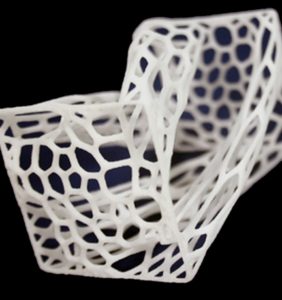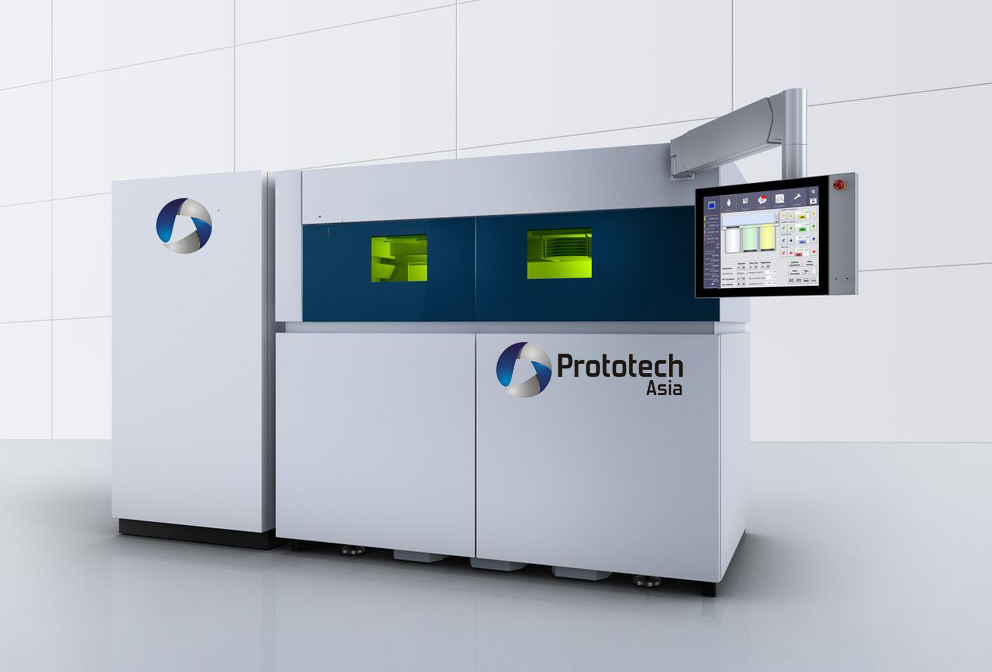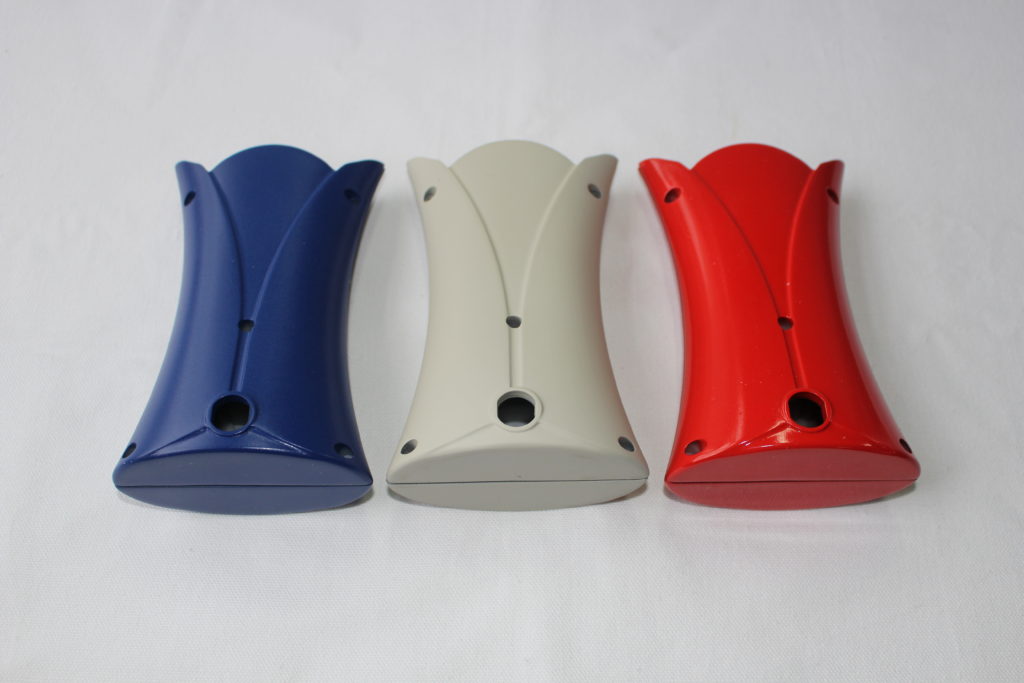4 Reasons why 3D printing is not the solution for all your needs
3D printing rapidly took an essential place in our daily life. If it has already revolutionized the industrial sector, more and more new 3D printing solutions have been emerging for private individuals. 3D printing process is different from traditional productions and simplifies the production of complex and technical parts. Due to these advantages, it raised great interest on the rapid prototyping sector and product development stages. Rapid prototyping is easily associated to 3D printing, yet this technology still displays some limits (read our article about the limits of 3D printing in rapid prototyping). To better understand the current situation, we will present you at least four main difficulties that 3D printing encounters.
Sizeable parts and large scale production
A 3D printer usually takes from 30 minutes and 4-5 hours to manufacture one part. The printing time depends on the dimension of the part and its degree geometric complexity. 3D printers are thus limited by the dimension of the part and by the printing time. You also have to consider the failure risk or a production issue (for example, injection nozzle clogged) that can occur after a long manufacturing cycle. The full process would need to be relaunched, wasting time and material.
3D printing will be more appropriate for very small series. If you need 20 prototypes for a functional validation, using 3D printing technology can be very long if the parts are sizeable. Fast and more efficient, we will recommend vacuum casting production. Using resins very close to the ‘real material’ production series, you will be able to perform your functional and visual tests. It uses silicon mold which can rapidly replicate your parts.
Economical parts and price awareness
3D printing machines and materials will be off-budget when you want to reach a certain level of quality. Industrial 3D printing equipment requires heavy investments (a dozen thousand Euros), regular maintenance and trained technicians.
All these cost make difficult to reach a positive ROI. Ordering parts to specialized manufacturers can also be costly according to the frequency of orders. Moreover, materials used for 3D printing generate higher production costs than a traditional production. A sizeable part will consume a large quantity of material and then will be more expensive. Although this technology is technically flexible, it will not always be the most cost-efficient solution.
Parts with finish
As above mentioned, 3D printing technology will also generate aesthetic defects. A first example will be the visible lines of layer applied by the 3D printer. The manufactured parts will then be very rough. Moreover, this technology does not allow all the willing finishes. Many colors are usually available but these post-treatment operations will lower the precision of the parts.
3D printing and materials
Although many materials can be used by 3D printing, there are still non-replicable materials that could not be used. The resins used for 3D printing will not allow the production of ‘pilot series parts’. The mechanical features will then be different.






